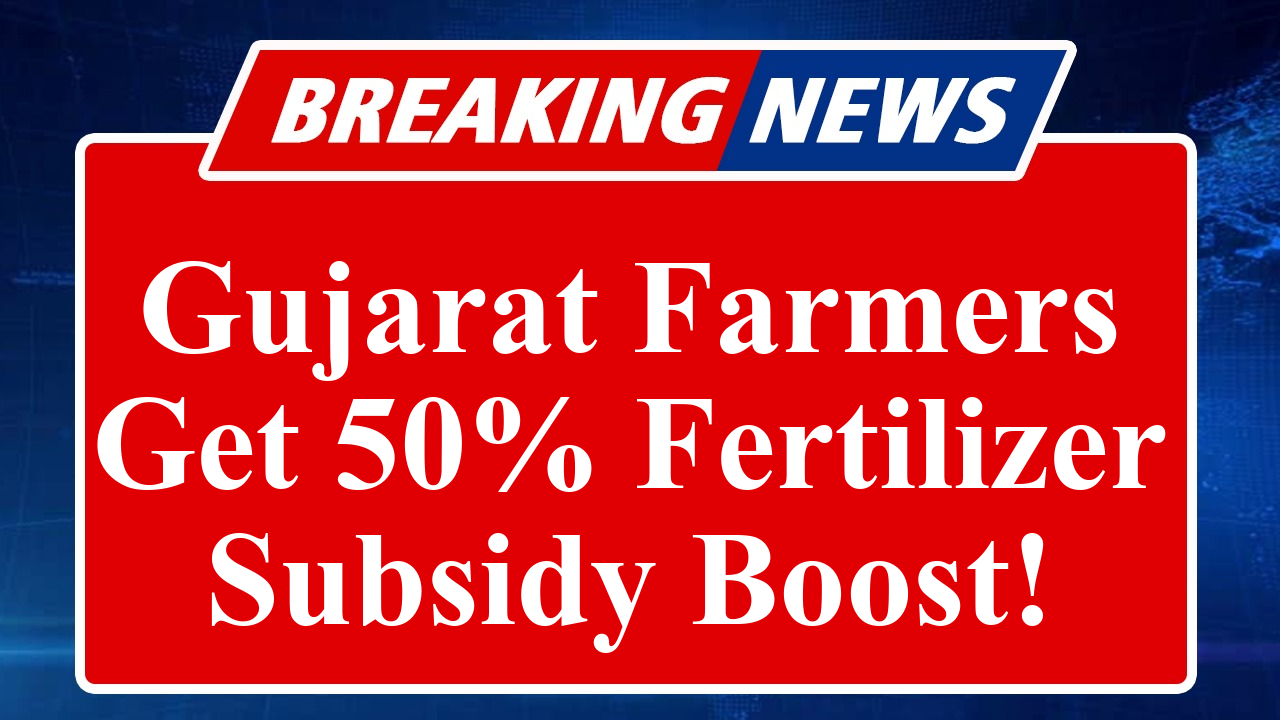Gujarat farmers receive a major boost with a new fertilizer subsidy scheme launched on June 30, 2025, offering 50% assistance on nano-fertilizers under the AGR-2 Scheme. Union Minister Amit Shah unveiled the initiative at the ‘Sahkar Se Samriddhi’ conference, aiming to reduce costs and promote sustainable farming. The scheme aligns with India’s push for organic agriculture and cooperative growth.
New Fertilizer Subsidy Scheme Empowers Gujarat Farmers
On June 30, 2025, Union Home Minister and Minister of Cooperation Amit Shah launched a transformative fertilizer subsidy scheme in Gandhinagar, Gujarat, aimed at bolstering the state’s agricultural sector. The initiative, part of the AGR-2 Scheme for the financial year 2024-25, provides farmers with a 50% subsidy on the purchase of nano-fertilizers, significantly reducing input costs. The announcement was made during the ‘Sahkar Se Samriddhi’ conference, coinciding with the 102nd International Day of Cooperatives, themed “Cooperatives Build a Better Future for All.”
The scheme is designed to make advanced fertilizers more accessible to farmers, particularly small and marginal ones who form the backbone of Gujarat’s agrarian economy. Nano-fertilizers, known for their high nutrient efficiency and eco-friendly properties, are expected to enhance crop yields while minimizing environmental impact. During the event, Shah initiated subsidy payments to three farmers, showcasing the scheme’s immediate rollout. This move underscores the government’s commitment to leveraging technology for sustainable agriculture.
In addition to the fertilizer subsidy, the conference saw the launch of ‘Bharat Organic Atta’ by the National Cooperative Organics Limited (NCOL), reinforcing the push for organic farming. The Ministry of Cooperation highlighted that the scheme aligns with Prime Minister Narendra Modi’s vision of ‘Sahkar se Samriddhi’ (Prosperity through Cooperation). The United Nations’ declaration of 2025 as the International Year of Cooperatives further amplifies the significance of these efforts.
Shah also visited cooperative societies in Banaskantha and Panchmahal districts, reviewing initiatives like RuPay Kisan Credit Card (KCC) transactions at micro-ATMs and distributing interest-free KCCs to women cooperative members. These steps aim to strengthen the cooperative ecosystem, ensuring financial inclusion and support for rural farmers. The Ministry of Cooperation has implemented over 54 initiatives in the sector, reflecting a proactive approach to agricultural development.
The fertilizer subsidy scheme builds on existing frameworks like the Nutrient-Based Subsidy (NBS) policy and Direct Benefit Transfer (DBT) system, introduced in 2016. Under the DBT system, subsidies are released to fertilizer companies based on verified sales through Aadhaar-linked Point of Sale (PoS) devices at retail shops. This ensures transparency, reduces intermediary exploitation, and empowers farmers to purchase fertilizers at subsidized rates. In Gujarat, the scheme is expected to benefit thousands of farmers, with a focus on promoting balanced nutrient use and soil health.
The government’s broader agricultural strategy includes expanding nano-fertilizer production, with plans to establish eight nano-urea plants by 2025-26. These plants aim to produce 44 crore bottles, equivalent to 195 lakh metric tonnes of conventional urea, supporting India’s goal of self-sufficiency in fertilizer production. The initiative also ties into the PM Programme for Restoration, Awareness Generation, Nourishment, and Amelioration of Mother Earth (PMPRANAM), which promotes organic fertilizers and sustainable farming practices.
Gujarat’s agricultural sector, a key contributor to India’s food security, stands to gain significantly from these measures. Farmers in the state have welcomed the subsidy, citing its potential to alleviate financial burdens amid rising global fertilizer prices. The scheme is expected to encourage the adoption of innovative fertilizers, reduce over-reliance on chemical inputs, and enhance soil fertility, paving the way for a more resilient and prosperous agricultural future.
Disclaimer: This article is based on information from government announcements, press releases, and reliable sources as of July 6, 2025. Readers are advised to verify details through official channels for the latest updates.

